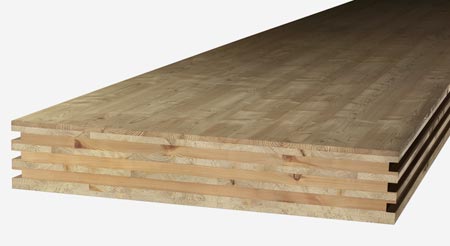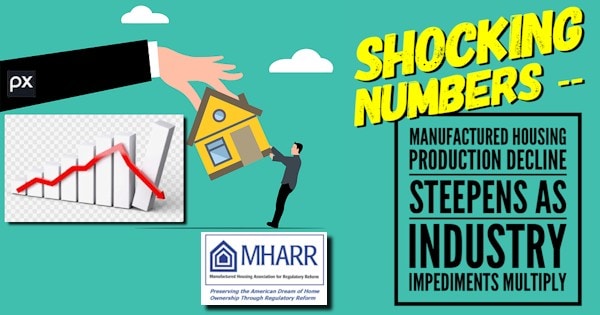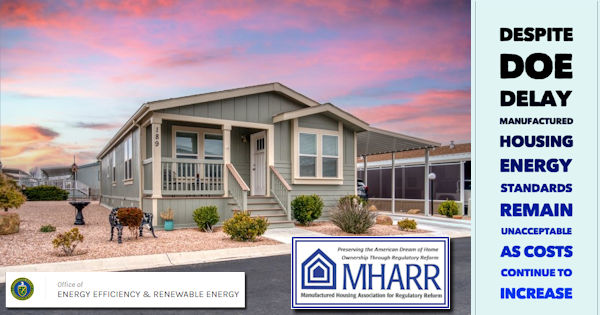By Harry Knoll
The wood is sustainably harvested, laminated into strong solid wood cross laminated timber panels and used in buildings throughout Europe. The first two U.S. projects are in New York and South Carolina. New York-based HolzBuild, Inc. is working with American architects to integrate the material (called BBS panels) into their designs and imports the panels to the job site.
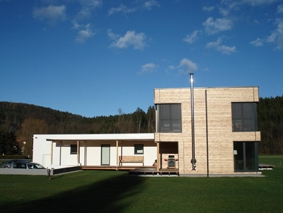
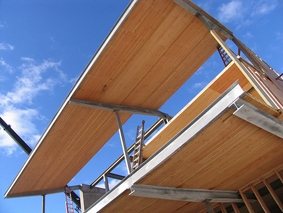
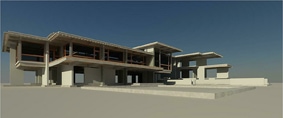
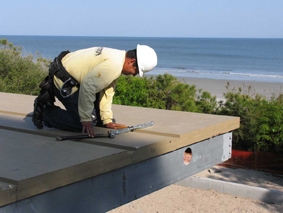
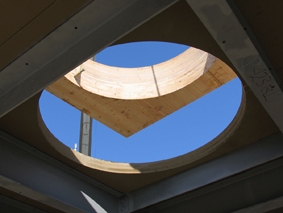
A Different Way of Designing and Building
SIMPLE
The panels can be exposed inside, outside and both in warmer climates. The exposed layers can be in Spruce, Larch, Douglas or Arolla Pine. Envelopes, ceilings and interiors can be designed in very simple sections, allowing for easier insulation installation.
EFFICIENT
The panels are cut exactly to the project specifications by automated CNC machines, directly from the input of a 3D file. The panels can be quickly assembled with a crane. The average installation time per panel is 20 minutes. The average lead time is 10 weeks (from approval of shop drawings to on-site delivery).
SAFE
The solid wood panels have been tested in Europe and determined to be safe in case of an earthquake (link). After the devastating 2009 earthquake in L’Aquila, Italy, the Italian government has chosen the BBS panels as the structural material to rebuild office buildings and apartments in L’Aquila.
A solid core panel burns at a predictable burning rate (0.72mm per minute) and can be safer than other building types like hollow core structures which tend to experience a sudden failure in case of fire.
COMFORTABLE
Solid wood panels, like our skin, breath in and out. This allows room moisture to be absorbed for a comfortable and balanced room air condition. It’s an open diffusion system. Swiss stone pine wood (Pinus Cembra) relaxing and healthy capabilities on the human body. What is amazing is the reduction in the heart rate.
GREEN
Due to the CO2 storage effect of wood, a building made of sustainably harvested wood can act as a CO2 sink.
With their heat storage capacity, walls, roofs and ceilings are capable of providing thermal mass benefit. A warmer envelope guarantees a comfortable space at a lower air temperature with the double benefit of better indoor air quality and lower heating costs.
